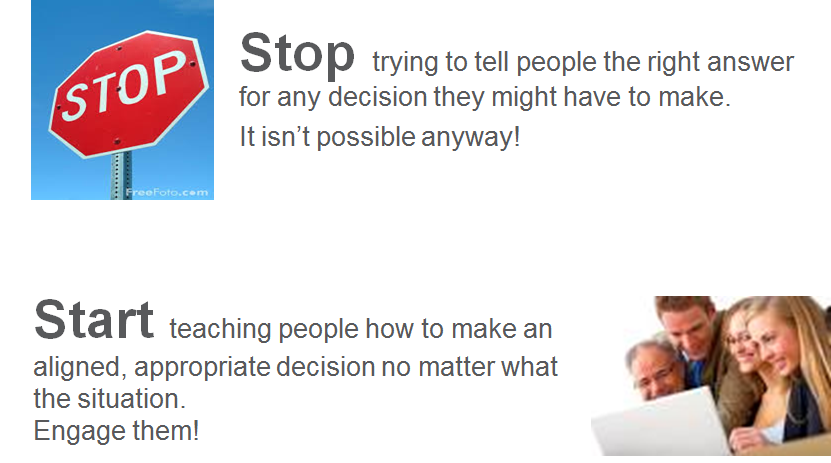I’ve had a lot of conversations over the last 48 hours about the idea of trust. It is a difficult concept to unpack – you know it when you see it or feel it, but it is hard to explain. I often have clients who say “we just don’t trust each other”, or “the leadership team has trust issues”, but when it comes to explaining what that means, they struggle. “Oh,” they say, “it isn’t that I don’t LIKE so and so…. and he/she is a nice enough person, but….” and they trail off.
We often have a natural trust for people which whom we have a shared affinity. Republicans hear and trust Fox News to be ‘fair and balanced’, while Democrats look at the Huffington Post as a source of ‘truth and honest reporting’. I think in the workplace, operations people often ‘trust’ other ops people, because they understand how they think and what they are trying to accomplish. When the sales person enters the room, there can be a natural distrust of their motives because they think and act ‘differently’. Trusting someone who is different from you is a much bigger step than trusting someone who is similar.
Unpacking this concept and learning how it influences us all in the workplace, in our relationships and in life is a difficult task, but it can shed light on how we all behave, and explain the choices we make. Think about it for yourself – what happens when you extend your trust to someone who is quite different from you? Do you feel a little queasy? What happens in the interactions you have with that person? Are they warm or cold? Are they generative or practical? If they feel a little distant, you may not be really opening yourself up to trusting them. Try it tomorrow – you might be surprised by what you discover.

